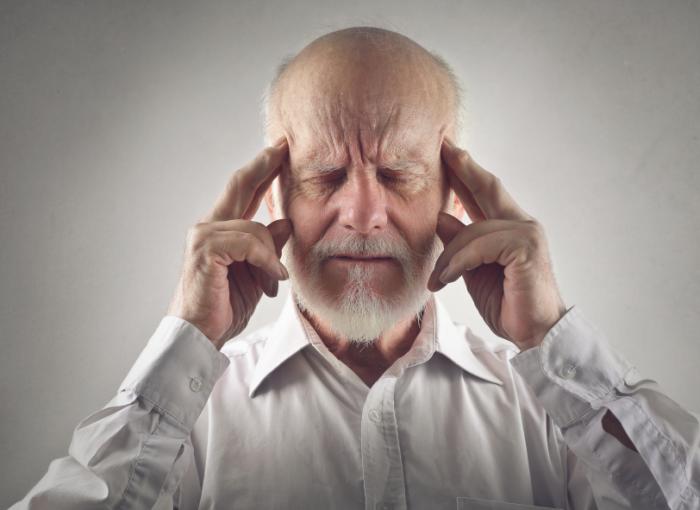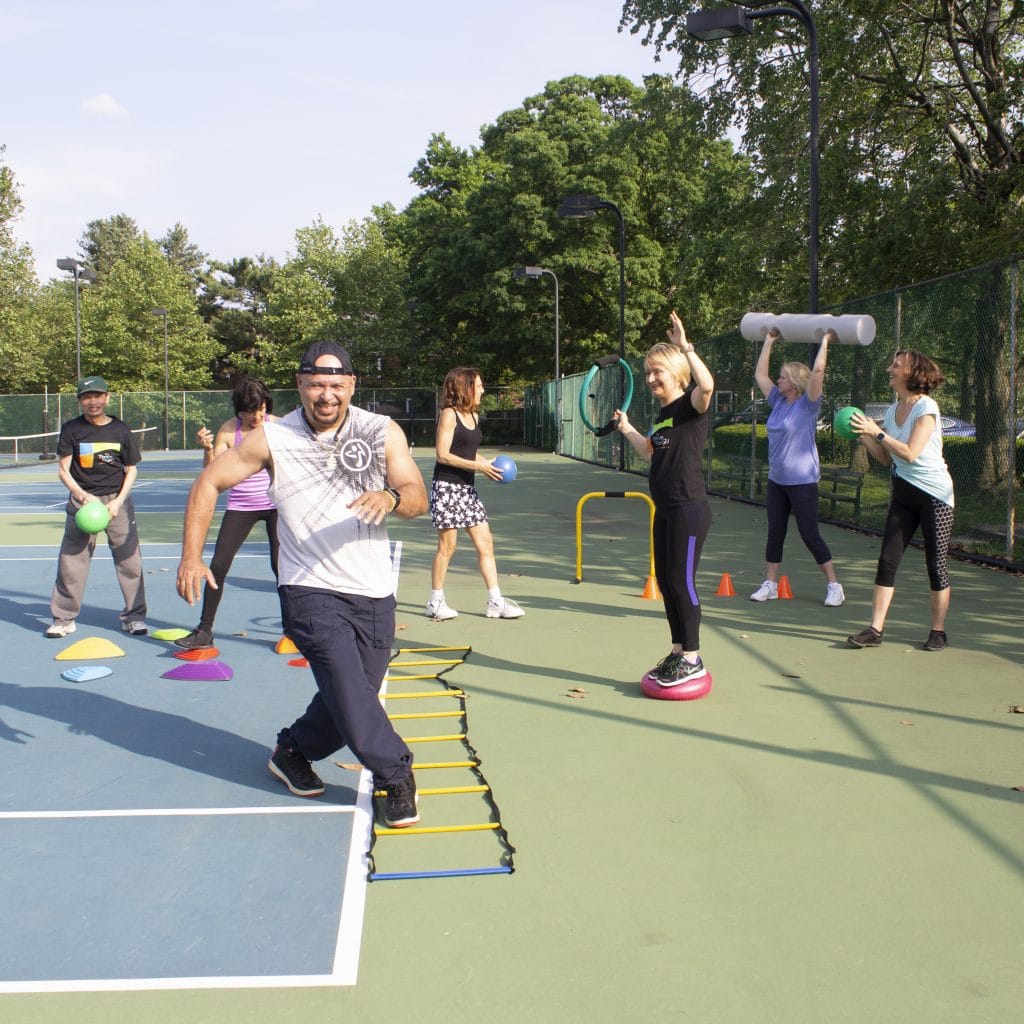There’s a good chance that at some point in your life, you’ve counted steps to maintain your weight or get healthy.
In fact, as of January 2020, 1 in 5 Americans owned a smartwatch or fitness tracker. And many of us have diligently tried (for a time) to reach the coveted ‘10,000 steps.’
The good news is that the benefits of reaching a certain number of steps per day — beyond bragging rights — are abundant. You can boost your heart health, strengthen your lungs, lower your blood pressure, and increase your energy.
But, as it turns out, pushing your wearable fitness tracker to the five-figure mark is not necessarily the crowning achievement in your fitness journey.
Yes, you read that right. And there are multiple reasons why.
No doubt, walking offers benefits for body and mind.
But, the ‘10,000 steps a day’ benchmark so many of us focus on has evolved without scientific foundation.
A 2019 study published in JAMA Internal Medicine measured the association between daily steps and mortality rates in older women.
It found that ‘sedentary older women’ who increase their number of steps from approximately 2700 per day to 4000 per day dropped their mortality rate.

The more steps they added, the lower their mortality rates. Great news! BUT the increased benefits were seen “only until they reached 7500 steps a day” – at which point mortality rates in this age-groupleveled off.
What’s more, by focusing on getting in your 10,000 steps, you could be forgoing important movements and activities with superior benefits for your body AND brain.

The federal government’s physical activity guidelines include recommendations for aerobic, muscle and bone-strengthening activity, balance training, and multi-component physical activity.

But the fact is, incorporating these different modes without a thoughtful plan and focus on your overarching performance and wellbeing goals doesn’t necessarily work. You have to dig deeper.
Consider Dosage
First, when customizing physical activity to suit your needs, it’s best to consider intensity, time, and frequency. Here is a walking related example:
Are you walking 15, 20, or 60 minutes?
Are you walking at a leisurely pace, or are you mixing in phases where you raise your heart rate to a point where you are out of breath and unable to carry a conversation?
Are you walking once, twice, or three times a week?
Are you just starting to move again?
Do you have a physical or mental condition?
Or are you a long-term exerciser and physically fit?
The answers to these questions can help your fitness coach or trainer tailor your activities and get you closer to the best version of you.
Customize for Purpose around Functional Fitness for Body AND Brain

Second, your benefits are most significant when you tailor your physical activities and exercise to meet your goals. We call this functional fitness for body and brain or functional physical and cognitive fitness.
While a leisurely 30-minute walk benefits your brain and gets you moving, it does little to strengthen your core or forearm muscles, or to improve balance so you can safely lift your grandchild off the floor.
It does little to improve calf muscle stability, shoulder strength, and the rotational flexibility needed to be able to put groceries on high kitchen shelves safely.
It does little to help you gain or maintain the ability to walk up the stairs, as stair climbing requires greater muscle strength in more muscles, including your glutes, hamstrings, and core. It also requires a good balance.

If you think that balance depends primarily on physical strength, think again. You achieve balance through complex communications between the different parts of the body and brain. Effective fall prevention has to include interventions to slow the aging of the body and brain while stimulating them to optimal performance.
The Moral of the Story
Should you stop walking? Most definitely not. If walking is an option for you, by all means, do it.
Use your steps throughout each day to help break up what could quickly become an otherwise sedentary lifestyle. Walk up the stairs to the office, park the car further away from the grocery store. Track your steps, compare it with friends if it motivates you. (I have used tracking successfully in a continuing care community to get people beyond the 2700 steps level and closer to the 4400recommended for a longer life.)
But by all means, do not view walking, step counting, or casual strength or aerobic training as the ultimate means to successful aging. To Age with Joy, think Functional Fitness for Body and Brain and movements geared to strengthen your body and mind simultaneously. Hiking is one such example. Ping-pong, dancing, Tai Chi, LSVT BIG ®, or PWR!Moves ®, my BodyBrainMoves (which we will illustrate in other places), are all examples of activities that strengthen body and brain simultaneously, but each in specific ways and most effective when targeted to for a particular purpose.
The key to the best version of you with body and brain is to start slow while adopting a strategic and purposeful approach:
- that reviews the types (quantity and quality) of activities you are doing weekly, from movement throughout the workday to physical activities such as gardening and formal exercise
- that assesses those against your physical and cognitive needs for active longevity of body and brain
- that develops an optimized progressive multi-model program starting with additional ways to move throughout your workday, physical activities you enjoy and targeted exercises to maximize your body and brain
- that you will continue until your last breath because you will enjoy the process and how it makes you feel in the short and long run.

0 Comments